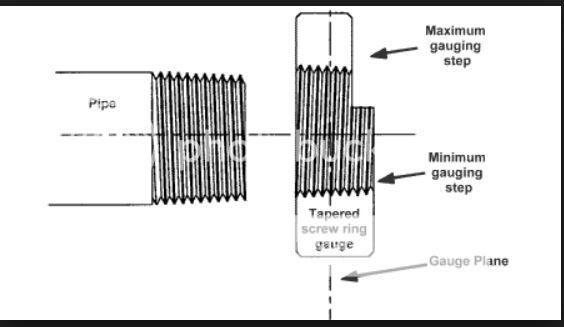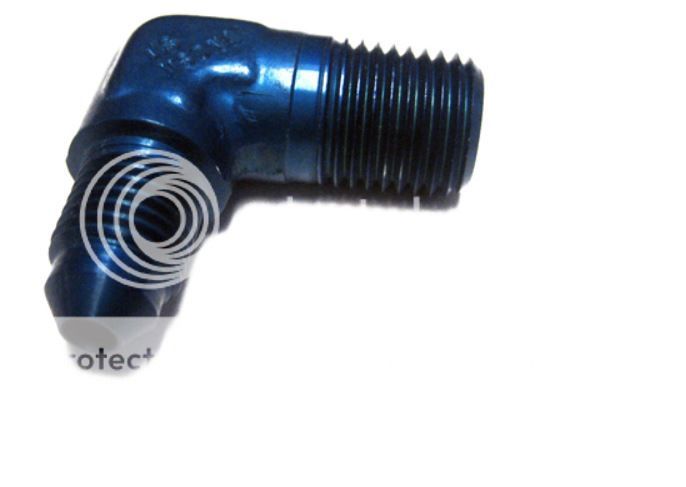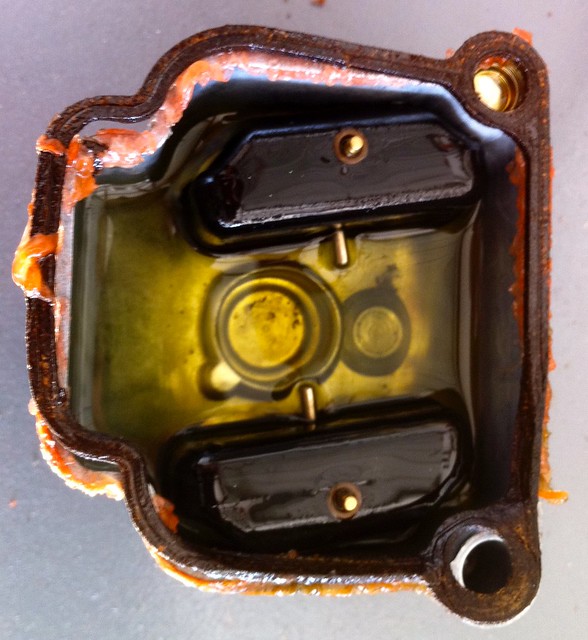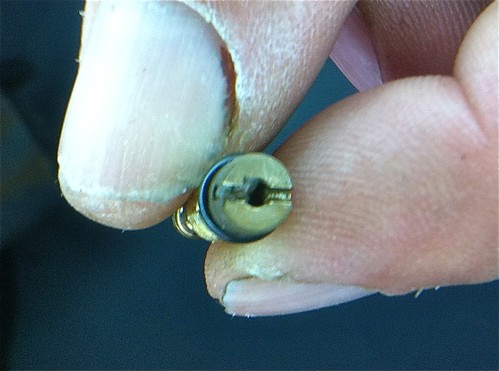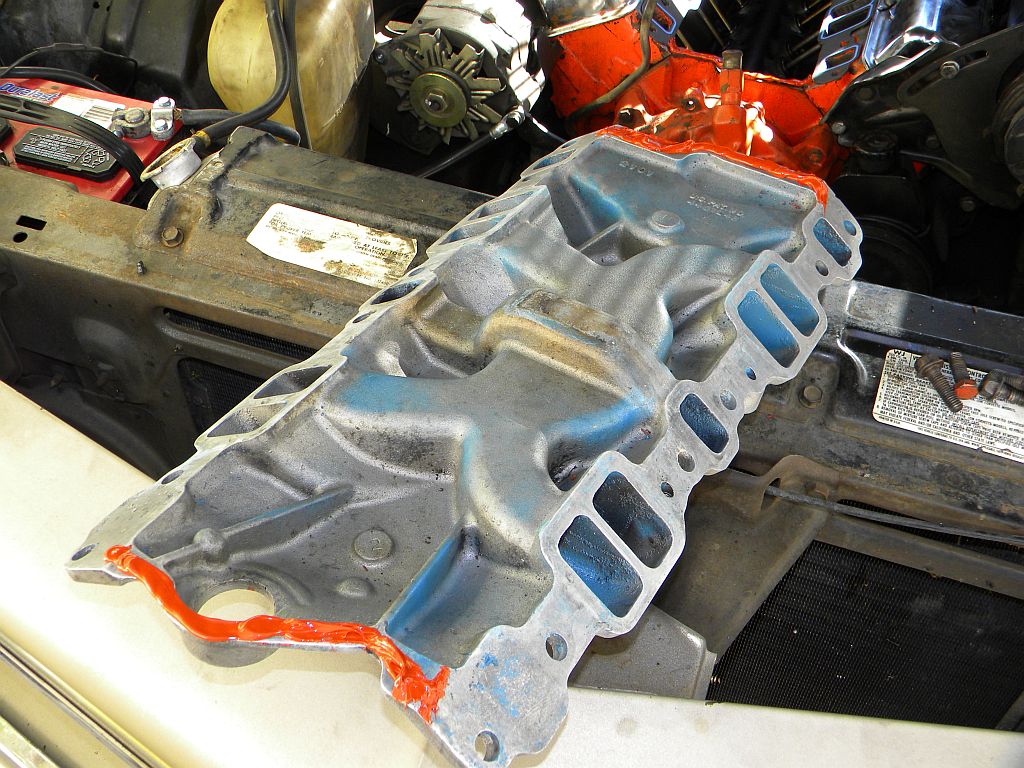bnt83
Final Approach
leads to a $35 million lawsuit when thread sealant plugged a fuel flow sensor and sent an RV10 to the dirt.
http://media.oregonlive.com/pacific-northwest-news/other/experimental.crash.suit.pdf
This isn't the first time and it won't be the last. Pipe threads are all over airplanes and even helicopters and you never know what mechanic/homebuilder X, Y or Z might use on them to seal it.
http://media.oregonlive.com/pacific-northwest-news/other/experimental.crash.suit.pdf
This isn't the first time and it won't be the last. Pipe threads are all over airplanes and even helicopters and you never know what mechanic/homebuilder X, Y or Z might use on them to seal it.
Last edited:

